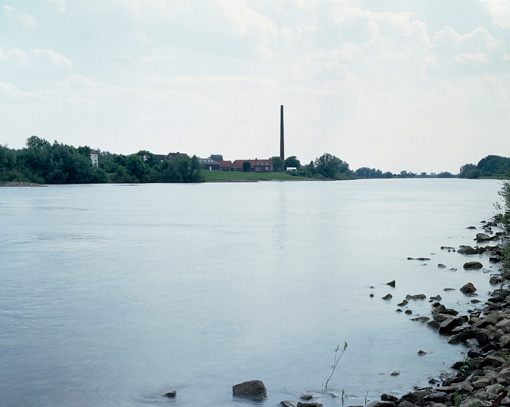
Huis Marseille Keizersgracht 401,The Netherlands 1016 EK Amsterdam Pays-Bas
Rising Waters: a historical perspective
For hundreds of years, the Dutch have been reclaiming land for polders and dikes; countless pumping stations, sluices, dams and bridges have been built. Untouched nature consequently doesn't exist here. Land must be used to ward off the sea. Contrary to Dutch painting, Dutch photography has never focused on the classical, romantic landscape. This constructed landscape, however, with its water works and harbors built by engineers, has been majestically portrayed by photographers ever since the nineteenth century. The series of photographs that Marnix Goossens has produced this year for Document Nederland relates beautifully to this tradition, both visually and in terms of subject matter. Because this type of photography is moreover well-represented in the Rijksmuseum's collections, we have made a selection of its photographs that provide the work of Goossens with a historical context.
The earliest photographs were commissioned by builders, architects and engineers as a means of documenting the progress of construction activities. In order to show this in full detail, the photographers worked with large-format (glass-plate) cameras. Although these photographs primarily had a practical, documentary purpose, most of the photographers proved to have a keen eye for the beauty of their subjects. Land, light, sky and space are often given as much consideration as the construction activity itself. The exhibition includes fine examples of work by well-known nineteenth-century photographers such as J.G. Hameter, F.J. von Kolkow, Henri de Louw and Arnaud Pistoor & Zoon.
During the twentieth century, photographers such as Carel Blazer, Eva Besnyö and Wim Brusse placed--in accordance with the times--more emphasis on the hectic nature of the building process, and the workers themselves are shown. In her photographs of the famous Rotterdam bridge 'De Hef', the German photographer Germaine Krull has reduced its metal construction to an abstract play of geometric forms, lines and planes. This outlook was unusual among the Dutch photographers of that time, who generally displayed a high degree of social awareness in their work.
Added to this presentation are photographs by amateur photographers who recorded people enjoying themselves on or by the water. Among the more remarkable ones are those taken on the beach, at Scheveningen, by German soldiers during the Second World War.

